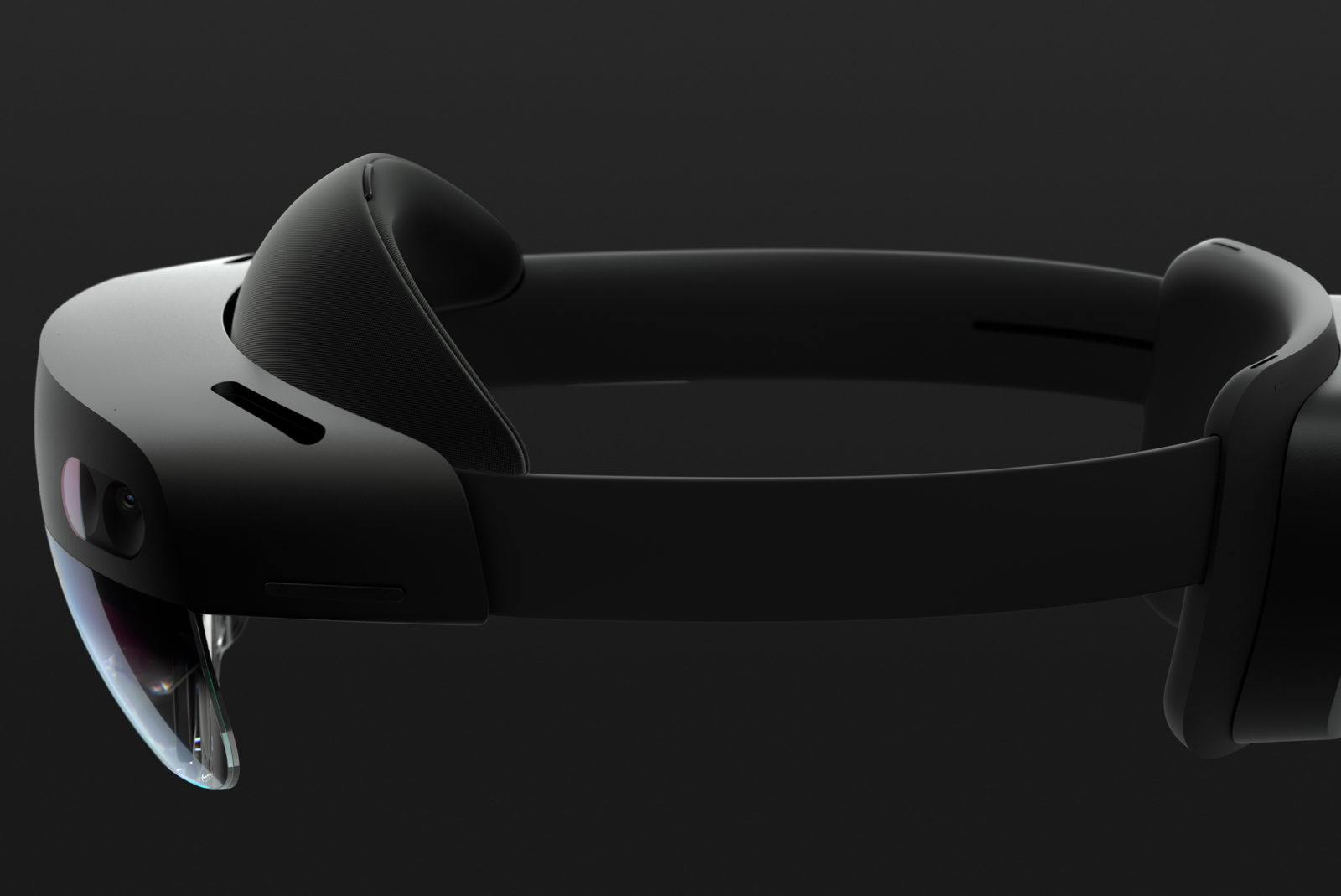Auf der Microsoft Pressekonferenz im Rahmen des MWC Barcelona gaben CEO Satya Nadella, Corporate Vice President Azure Julia White und Technical Fellow Alex Kipman ein Update zu Microsofts Blick auf Intelligent Cloud und Intelligent Edge Technologien. In diesem Zuge wurde auch die neue Version der Microsoft Mixed-Reality-Brille erstmalig vorgestellt: Microsoft HoloLens 2.
Microsoft HoloLens 2 wird im Laufe des Jahres zunächst in den USA, Japan, China, Deutschland, Kanada, Grossbritannien, Irland, Frankreich, Australien und Neuseeland zu einem Preis von 3.500 US-Dollar verfügbar sein. Für die Schweiz ist momentan noch kein Verfügbarkeitsdatum bekannt.
Darüber hinaus kündigte Microsoft weitere Neuerungen an:
- Azure Kinect Developer Kit (DK)
- Dynamics 365 Guides
- Azure Mixed Reality Services
- Microsoft HoloLens Customization Program

Mehr Informationen zu Microsoft auf dem MWC Barcelona finden Sie hier:
- Microsoft MWC19 Barcelona Pressemappe (EN)
- Microsoft Corporation Video „Introducing Microsoft HoloLens 2“
- Microsoft Corporation Webseite (EN) „Microsoft at MWC19 Barcelona“
- Microsoft Corporation Blog-Artikel „Microsoft at MWC Barcelona: Introducing Microsoft HoloLens 2“
- Microsoft Corporation Blog-Artikel „New HoloLens 2 gives Microsoft the edge in the next generation of computing“





